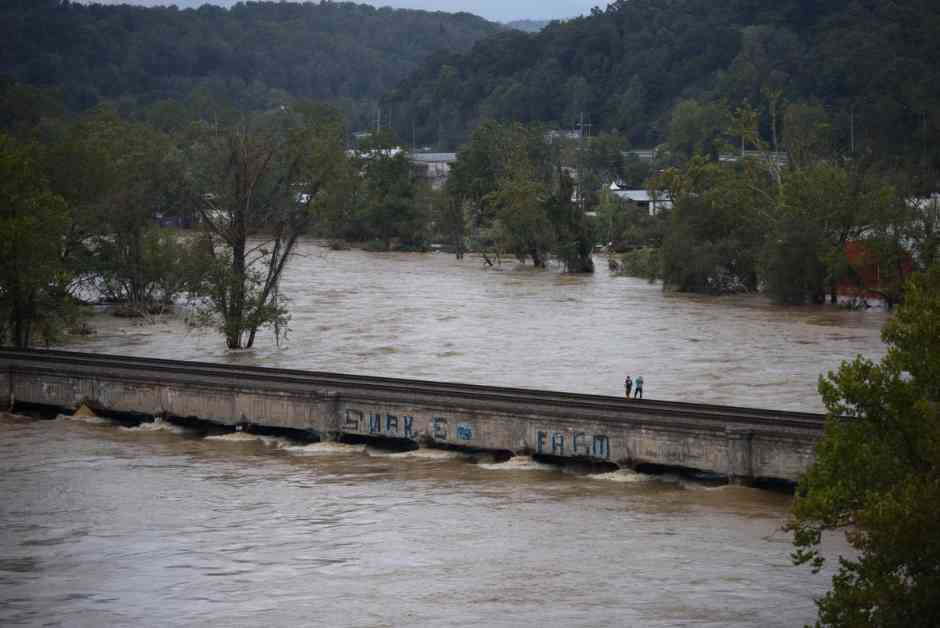Heavy rainfall from Hurricane Helene led to severe flooding and damage in Asheville, North Carolina, on September 28, 2024. This flooding was particularly devastating because it occurred at higher elevations in the Appalachian Mountains, far inland from where hurricanes typically cause damage. As a result, over 100 people lost their lives in North and South Carolina, and Georgia, with the death toll expected to rise.
The impact of Hurricane Helene was exacerbated by the fact that the affected areas were rural and lower-income communities that often lack the necessary resources and infrastructure to withstand such extreme weather events. These communities are not typically prioritized for investment in resilience and planning, making them more vulnerable to disasters like this. Additionally, the mountainous terrain of the region posed challenges for evacuation and response efforts, as the limited road network made it difficult to reach affected areas.
The aftermath of the flooding has been significant, with all roads in western North Carolina closed, and about 1.5 million people without power in the Carolinas and Georgia. The lack of power has also affected communication and water supply infrastructure, compounding the challenges faced by residents in the region. Recovery from such a disaster is expected to be a long and arduous process, with some experts suggesting that it may take decades for life to truly return to normal.
One of the factors that contributed to the severity of the flooding was the saturated ground prior to Helene’s arrival, which meant that any additional rainfall would quickly run off and exacerbate the flooding. The mountainous terrain also played a role, as it constrained the flow of water, causing it to accumulate in lower-elevation areas and increase the speed of the floodwaters. This combination of factors made the flooding particularly dangerous and destructive.
As scientists continue to study the behavior of tropical storm systems in mountainous regions like the Appalachians, there is a growing concern that climate change could make these types of disasters more frequent and severe. Rising atmospheric and sea-surface temperatures are fueling more extreme rainfall and intense tropical storms, increasing the risk of catastrophic flooding in inland areas. It is essential for policymakers and communities to prioritize resilience and preparedness in the face of these escalating threats.
The devastation caused by Hurricane Helene serves as a stark reminder of the destructive power of extreme weather events and the urgent need for proactive measures to mitigate their impact. By investing in infrastructure, planning, and community resilience, we can better prepare for future disasters and protect the lives and livelihoods of those most vulnerable to the effects of climate change.










